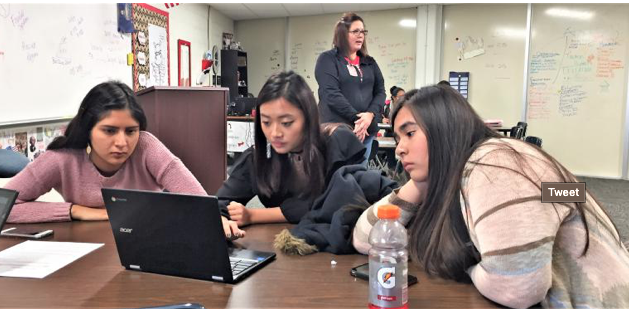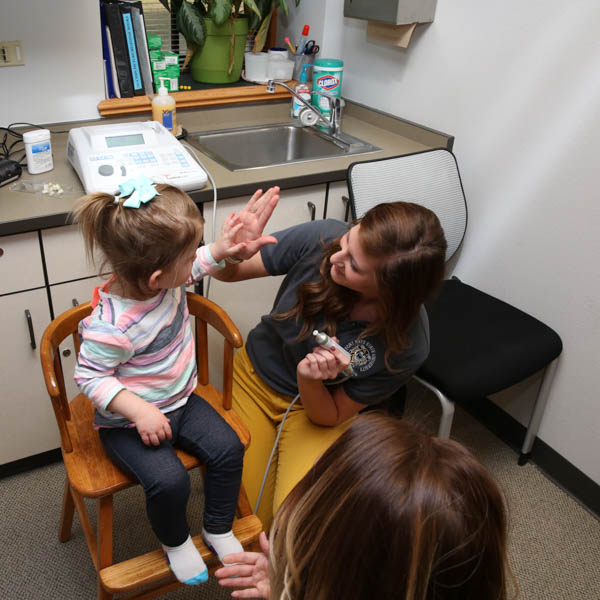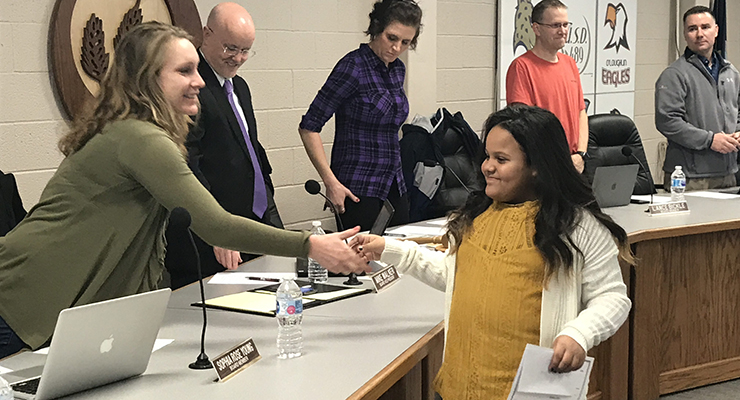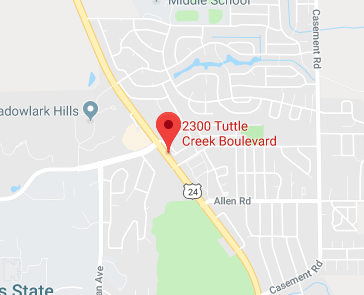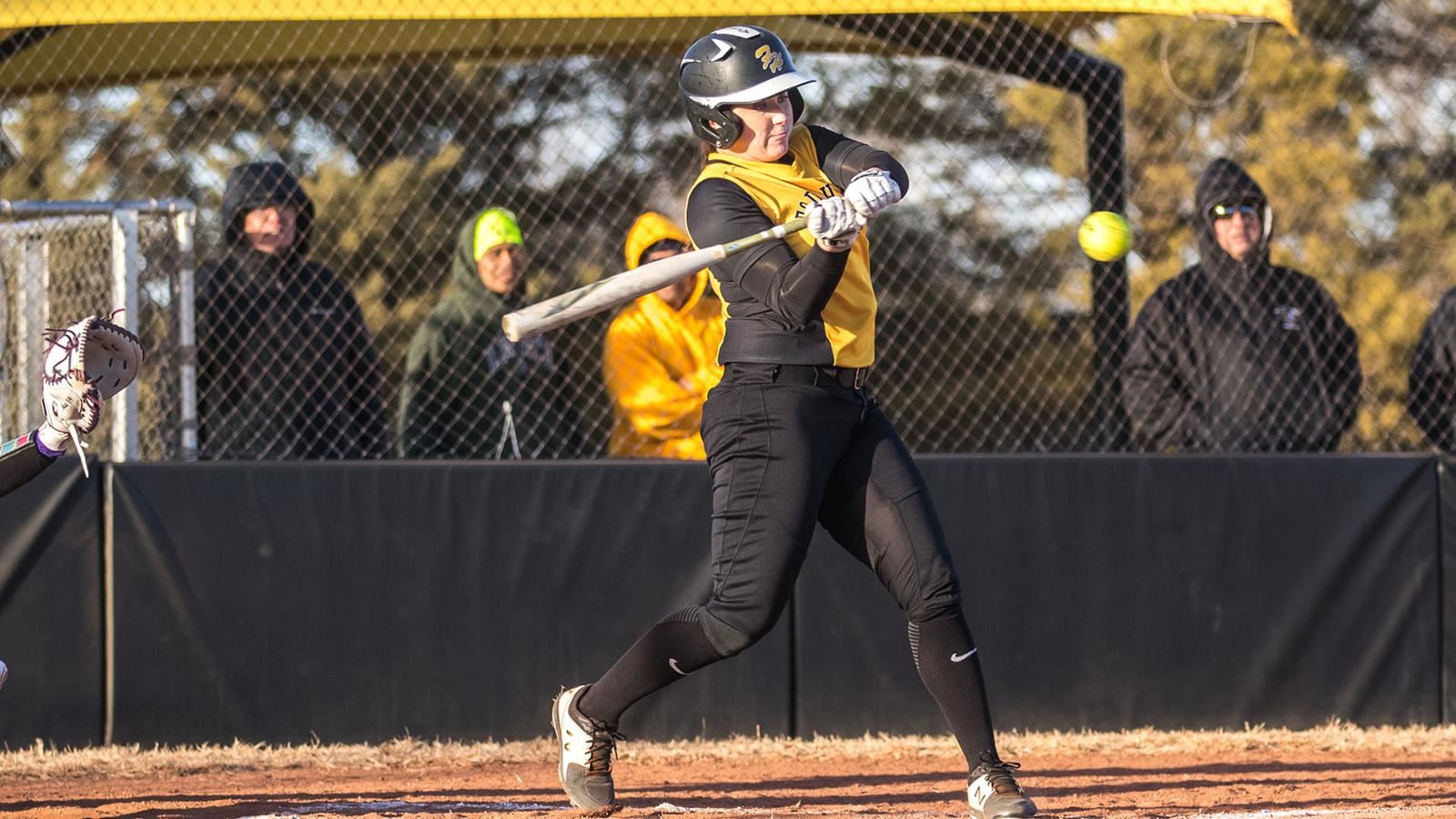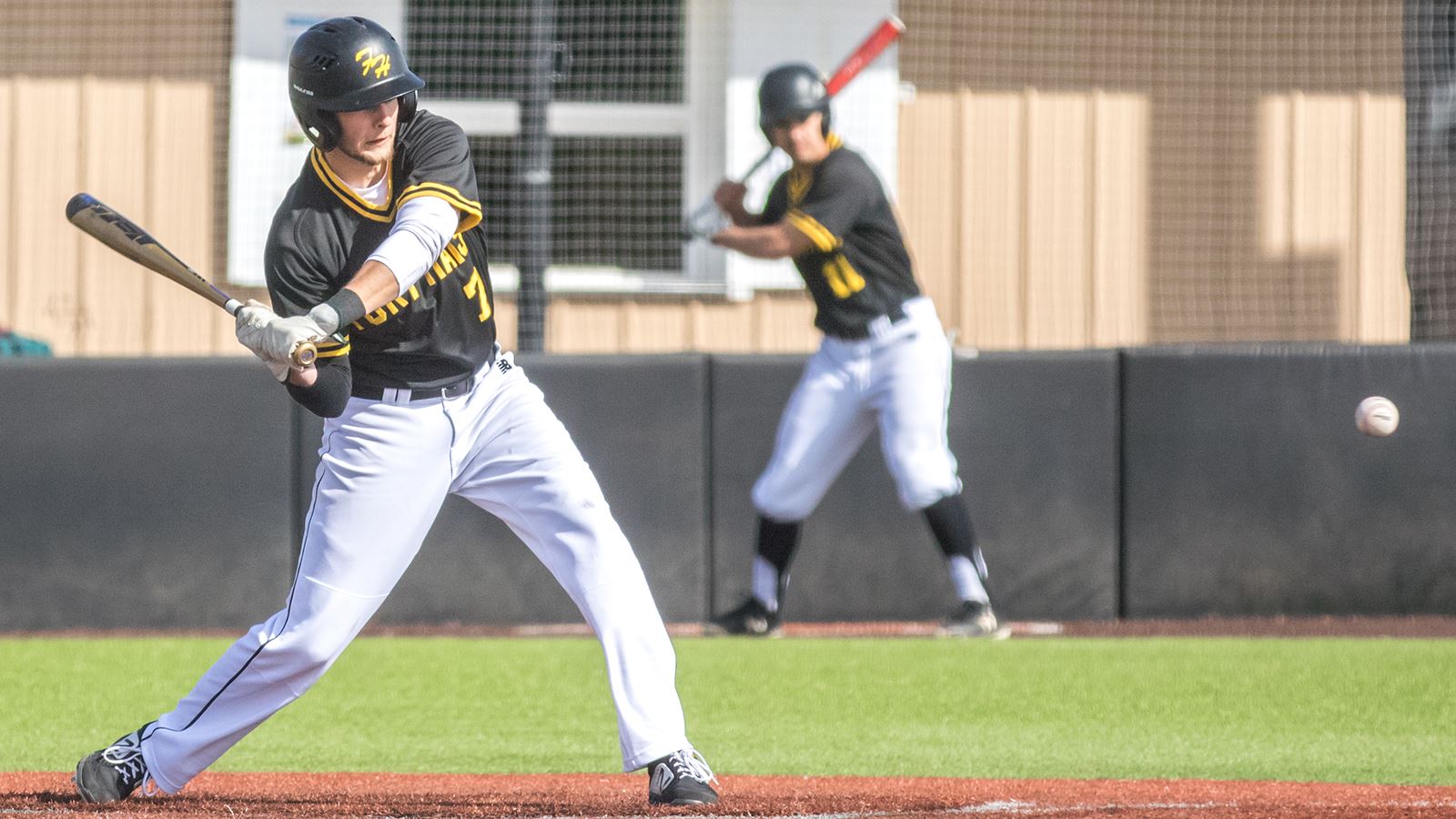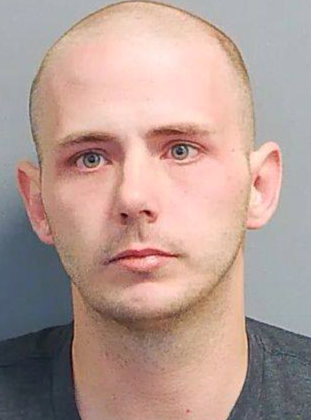By CELIA LLOPIS-JEPSEN
LIBERAL — Hefty college debt won’t saddle Bryan Medina.
He’s on a fast track to an energy career that he hopes will pave the road to family dreams: Buying his own cattle and going in on the purchase of 300 acres of land with his dad.

CELIA LLOPIS-JEPSEN / KCUR/KANSAS NEWS SERVICE
“We could grow and eventually own our own feedyard,” said Medina, who finished high school last May in the small southwest Kansas town of Sublette. “If things go great, if we put all the work into it, we’ll definitely get there.”
Medina had just one semester left of his natural gas studies at Seward County Community College in Liberal. Kansas footed much of the bill for him, meaning Medina can start banking paychecks faster toward those livestock purchases instead of pouring them into college loans.
“I left Wyoming Tech owing $17,000,” said David Ratzlaff, one of Medina’s instructors. “It took me about 10 years to pay that off.”
Savvy teens eyeing tech careers can get a leg up in life under a Kansas program that made college free for them while still in high school. Stories like Medina’s have generated buzz, and now some education officials and lawmakers are mulling how to help students shooting for non-technical careers, too.
Their idea? Let high school students who qualify academically take up to five popular college basics tuition-free, including algebra and English composition.
Cost and logistics could prove hurdles. The potential expenses of such a program remain unclear, as does legislative support amid the state’s gradual recovery from years of fiscal trouble.
New research on the dual credit boom in Texas also raises questions about how much money it really saves families. And it suggests dual credit mostly helps white students and those with more money, instead of the low-income and minority students policymakers want to put on a level playing field.
But if Kansas can smooth out the wrinkles, high school students see a way to build competitive college applications and get ahead, all while easing into more rigorous coursework. Many already enroll in dual credit at their own expense.
“It’s not as intimidating” starting college this way, said Nevaeh Bess, a Liberal High senior earning such credits at her own, familiar school. Her teachers explain class assignments and expectations clearly.
“That helps out a lot — knowing what your teacher is grading,” the aspiring anesthesiologist said. “I spoke to someone that is in college now, and she was like, ‘Well, sometimes I just don’t know what they’re looking for.’”
High stakes
For students plotting a direct course from high school to four-year colleges, taking dual credit may seem like an easy choice.
Students in Liberal pay around $300 per class. That’s less than a third of the price they’d pay as freshmen at the University of Kansas and many times cheaper than out-of-state tuition.
Liberal High senior Mica Watson-Huskey has her sights trained on a major in civil or aerospace engineering at the University of Texas at Austin because of the school’s research opportunities.
Last year, she took college algebra and trigonometry, but she lost some of the credits when she couldn’t pay in full. High school students don’t qualify for financial aid that can take some of the sting out of tuition bills.
If the state paid for even a few dual credit courses, Watson-Huskey said, that would lift ambitions at a school where many families struggle to make ends meet.
“They would have the motivation to do a college class,” she said. “They wouldn’t be limited because of the amount of money.”
One thousand of the 1,300 students at Liberal High come from low-income families.
The school lies in a corner of the state where meat drives the economy. The thousands of slaughterhouse jobs in the region pay $14 an hour on average, an annual salary of just under $30,000 a year.
Many of the students here would be the first in their family to attend college. Most learn English as a second language and four out of five are Hispanic.
Nationally, Hispanics and people whose first language isn’t English are less likely to go to college than other Americans.
The vast majority of students at Liberal High graduate. But of those only a third quickly head to college or work on an industry certificate. Across Kansas more than half of high school graduates do.
Yet missing out on higher education shuts doors. Decent jobs still exist for people with no more than a high school diploma, but not to the extent they once did.
Economist Nicole Smith says those jobs continue to dwindle. Today, just three in 10 teens who stop their educations at high school can hope to find jobs that will pay at least $35,000 from their mid-20s through their early 40s and at least $45,000 after middle age.
What of the other seven?
“They’re going to be experiencing significant amounts of hardship,” Smith said. “Even to get a job, and far less to keep that job and to earn a living wage with it.”
Smith — chief economist at Georgetown University’s Center on Education and the Workforce — co-authored studies on the changing job landscape. Those spurred Kansas and other states to ratchet up efforts to get more students to college.

Survival mode
That urgency has Kansas education officials hunting for ways to bridge the college gap — not just for go-getting teens planning careers in anesthesiology and engineering.
They hope free dual credit would plant the idea of higher education in more students’ minds, making it seem less scary, distant or unattainable.
“There are a lot of students that are college ready and college material,” said Jean Redeker, vice president for academic affairs at the Kansas Board of Regents. “But they don’t know it.”
Free tech classes have already built one bridge, college administrators say. They attract high school students whose families otherwise might not feel comfortable setting foot on a college campus — even just to ask questions.

CREDIT BETHANY WOOD / FOR THE KANSAS NEWS SERVICE
In Liberal, many may not know about federal financial aid and generous local tuition grants. That leaves families feeling Seward County Community College “is only for people with money,” said Janeth Vazquez, who advises students there. “A goal that’s just too out of their hand.”
Vazquez gets it. Many are in survival mode. When she was a teen, her father was deported and she worked long hours after school helping to pay the mortgage, utility bills and other family needs.
“That was my story,” she said. “That was my life.”
Last year, the Kansas Senate passed a bill that would have kicked off free general education dual credit in a test program — paying for English composition for high schoolers.
It’s Kansas’ most popular non-tech dual credit class. Free access to algebra, psychology, public speaking and U.S. history would possibly have come in the following years.
The idea never got a vote in the House. It fell to the wayside amid the broader school finance battle in the Legislature — yearslong wrangling over court rulings that demand Kansas increase funding to local schools.
Recommendations for the dual credit legislation came from the Regents and Kansas State Department of Education. To qualify, they suggested students would generally need:
- A 3.0 GPA and a college-ready ACT score in math or English to take algebra or composition. Nationally, most ACT-takers hit the mark in English but not math.
- A 3.0 GPA and a 20 or higher composite ACT score to take any of the other three free classes. That’s a little below the national average composite score.
Logistical hurdles
Pinning down the potential cost to taxpayers has proved complicated.
Just how many of the state’s 70,000 high school upperclassmen would jump at an offer for free college English, algebra and more remains unclear. After the state rolled out free tech college classes in 2012, student enrollment in those more than doubled.
About 15,000 Kansas high school students took college dual credit at their high schools last school year. They took, on average, two classes each.
Then there’s the matter of calculating cost per student. The Board of Regents finished a study in December, but the state’s two dozen two-year colleges reported huge variations in cost per credit hour. English composition ranged from more than $900 per credit hour to $1.
The board suggested this month that if the Legislature offered to pay the median — $71 — and 17,000 students signed up, that would cost Kansas $3.6 million. That price point has community colleges concerned.
Some variation is inevitable. In addition to regional cost differences, colleges deliver dual credit through a variety of models. Some high school students travel to campus for class, or connect through remote video links and online tools. In other cases, colleges send professors to high schools or rely on high school teachers to run courses themselves.
Colleges and high schools would have to figure out how to ramp up capacity if English and other classes became free. The pilot proposal aims for a soft start that would buy time to identify and deal with hurdles.
Having high school teachers teach college classes only works when those instructors hold advanced degrees with significant relevant coursework. On the other hand, placing students in on-campus classes comes with potential transportation costs and difficulty aligning schedules, among other issues.
Administrators talk eagerly about the possibilities — enthusiasm tempered by the knowledge that logistics take time to solve. They worry, too, that they might build dual credit programs only to see the money disappear in a few years amid funding battles in the Legislature.
Even funding for the state’s free tech college program — popular with lawmakers across party lines — fell millions of dollars behind in recent years. That unsettles Seward County Community College president Ken Trzaska. A quarter of the students at his school now attend through that initiative.
“That program is a great program,” he said. At the same time, it’s a vulnerability. “If, suddenly, the funding goes away or that population of students go away, then that’s a huge hit.”
Good and bad news
Uneasy faculty at the University of Texas took the following question about dual credit to university brass: Might it inadvertently hurt freshmen? Some professors reported that students arriving with college basics out of the way struggled in next-level classes.
That prompted a two-year deep dive by UT into the outcomes of 130,000 students.
UT’s study and a separate one conducted by the American Institutes for Research both came out last summer, among the most ambitious dual credit studies to date.
The bad news first:
- Dual credit didn’t save students much money. UT students saw a negligible impact on debt unless they showed up at college with a full two years of credit. Savings may elude many people because their credits don’t align with their degrees or they opt against graduating early.
- Past research oversold dual credit. Dual credit appeared to help students likely to succeed in college anyway. After factoring for that, college enrollment only ticked up by about 2 percentage points and graduation rates by an “insignificant” 1 percentage point. Many past studies touting robust benefits from dual credit fell short of standards for rigorous research.
- Dual credit doesn’t solve achievement gaps — it mostly helps white, more affluent students. Poor students who took it became less likely to go to or finish college. Black students became more likely to attend two-year colleges, but not to graduate. Hispanic students became more likely to finish a two-year, but not a four-year, degree.
Now, the good:
- Even if the benefits were less than previously touted, they were still statistically meaningful. Grade analyses and course comparisons also didn’t bear out faculty concerns that high school teachers might be watering down dual credit classes for their students.
- Even with evidence of less significant benefit, the cost of dual credit paid off many times over. Better college outcomes mean higher eventual incomes for dual credit students, who earn more money and consequently pay more tax revenue to the state.
- Dual credit does improve college prospects for some people. Though dual credit didn’t help poorer students as a whole, it did help the academic high-flyers among them to make it to college and graduate.
Kansas state Sen. Molly Baumgardner says some of the Texas findings point to problems unrelated to dual credit. Minorities enrolling but not graduating in larger numbers suggests colleges need to recognize that students need better support.
“They have a changing role,” she said.
Baumgardner, chair of the Senate’s education committee, spearheaded work on last year’s bill. In her combined 16 years of teaching high school and community college, she saw students grow when opportunity allows.
“Kids don’t really know their limits,” she said. “But they become limited if they’re told they can’t do something.”
This is Part Four in our series on college and careers. Don’t miss Part Oneon the advent of the “college economy,” Part Two on planning life after high school and Part Three on Kansas’ tech college boom.
Celia Llopis-Jepsen is a reporter for the Kansas News Service. You can reach her on Twitter @Celia_LJ.
